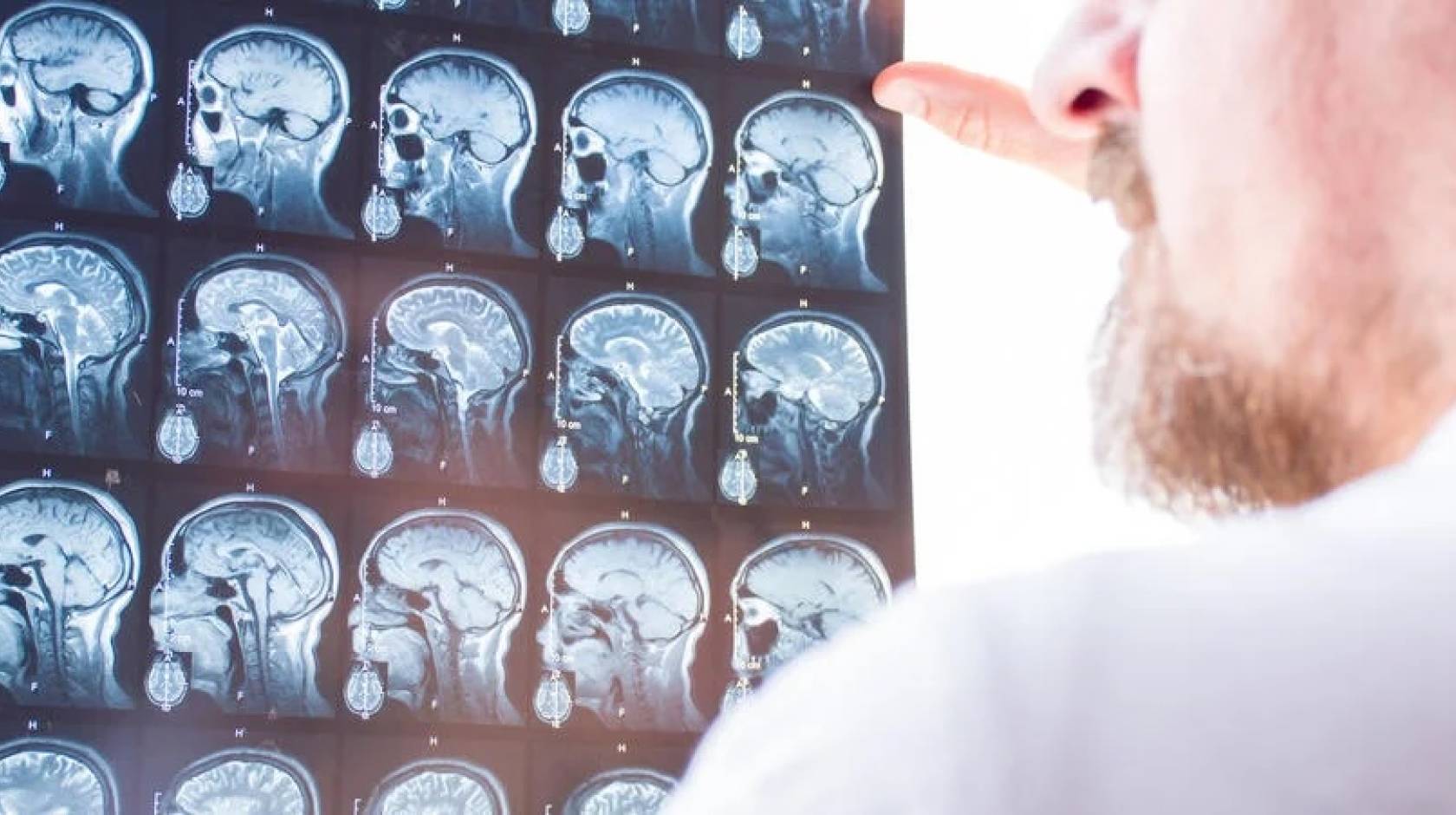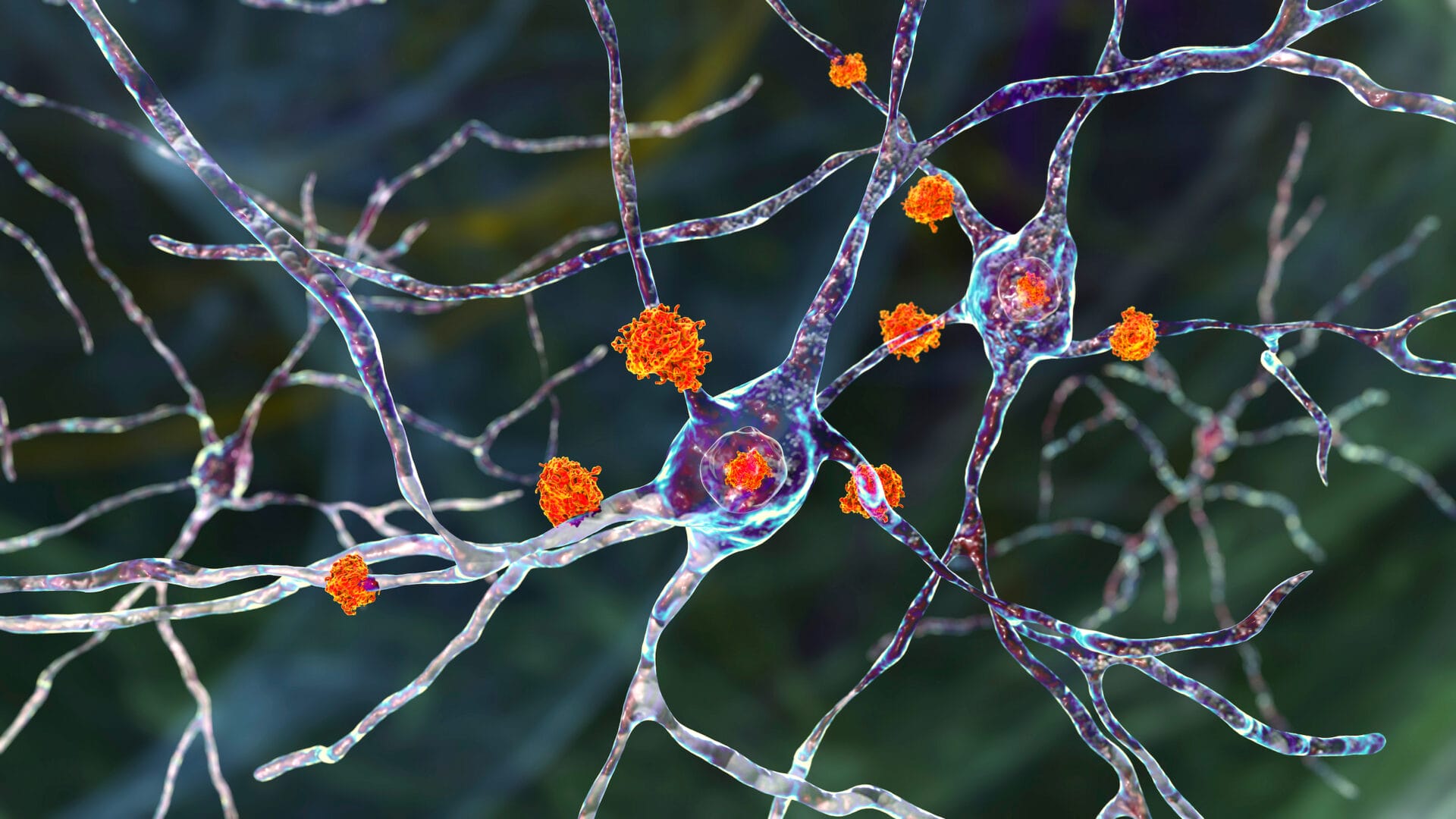A major breakthrough just happened in the world of medicine, and it’s got doctors around Australia buzzing with excitement.
For the first time ever, researchers have found a way to actually slow down Huntington’s disease. Not just treat the symptoms – actually put the brakes on this devastating condition that affects thousands of Aussie families. The breakthrough involves a new gene therapy that’s showing results nobody expected to see this soon.
But here’s the thing that’s got everyone’s attention: this isn’t just a small improvement. We’re talking about something that could completely change how we think about this disease.
What’s Really Happening Here
Let’s start with the basics. Huntington’s disease is like having a computer virus in your brain that slowly deletes important files. It affects movement, thinking, and emotions, and until now, doctors could only help manage the symptoms while the disease kept getting worse.
The new treatment, called AMT-130, works differently than anything we’ve seen before. Instead of just dealing with what Huntington’s disease does, it actually targets the root cause of the problem.
Think of it this way: if your house was flooding, most treatments would focus on mopping up the water. This new approach actually fixes the broken pipe causing the flood.
The Numbers That Are Blowing Everyone’s Mind

Here’s where things get really exciting. In the latest trial, patients who received the high-dose gene therapy showed 75% less disease progression compared to what doctors would normally expect.
Yes, you read that right – seventy-five percent less progression.
To put that in perspective, imagine if your smartphone battery usually dropped from 100% to 20% in a day, but suddenly it only dropped to 80%. That’s the kind of dramatic difference we’re seeing with Huntington’s disease progression.
The trial followed patients for three years, which is long enough to see real, meaningful changes. Patients treated with the high dose lost an average of just 0.38 points on the disease progression scale, compared to 1.52 points for those not receiving the treatment.
How This Gene Therapy Actually Works
Huntington’s disease happens because of a faulty gene that produces too much of a harmful protein. It’s like having a factory in your brain that keeps making defective parts, and those parts eventually break down the whole system.
The new gene therapy works by delivering healthy instructions directly to brain cells. It’s delivered through a one-time injection into the brain during a surgical procedure. Once there, it gets to work reducing the production of the harmful protein that causes Huntington’s disease.
The really clever part? The treatment is designed to keep working for years after just one injection. It’s like installing a permanent software update that keeps your brain’s “factory” running more smoothly.
What This Means for Australian Families
Right now, about 1,800 Australians live with Huntington’s disease, and another 9,000 are at risk of developing it. For these families, this breakthrough represents something they’ve been hoping for their entire lives – real hope.
“This could be the first treatment to actually slow down Huntington’s disease rather than just manage symptoms,” researchers are saying. And that changes everything.
Families who’ve watched loved ones struggle with Huntington’s disease know how devastating it can be. The condition usually appears in people’s 30s and 40s, right when they’re in their prime. It affects not just the person with the disease, but their entire family.
The Road Ahead

Now, before we get too excited, let’s talk about what happens next. The company behind this treatment plans to submit their data to regulators in early 2025. If everything goes well, this could become the first treatment to actually slow down Huntington’s disease rather than just treat its symptoms.
But here’s the reality check: getting approval for new treatments takes time. Even with these amazing results, it’ll likely be a couple of years before Huntington’s disease patients can actually access this gene therapy in Australia.
The good news? Australian medical authorities often work closely with international partners, so promising treatments that work overseas usually make their way here relatively quickly.
What Makes This Different
You might wonder why this breakthrough is such a big deal when there are already treatments for Huntington’s disease. The difference is huge.
Current treatments are like giving someone sunglasses when they have a headache – they might help with some symptoms, but they don’t fix the underlying problem. This gene therapy actually addresses what’s causing Huntington’s disease in the first place.
The Human Side of Science
Behind all these numbers and scientific terms are real people whose lives could be transformed. Families who’ve been living under the shadow of Huntington’s disease for generations might finally have reason to feel hopeful about the future.
One of the most heartbreaking aspects of Huntington’s disease is that it’s hereditary. Children of people with the condition have a 50% chance of developing it themselves. This gene therapy could break that cycle of fear and uncertainty.
Imagine being able to tell your kids that the disease that’s affected your family for generations might not affect them the same way. That’s the kind of hope this breakthrough brings.
Looking Beyond Australia
While we’re focusing on what this means for Australian families, this breakthrough has global implications. Huntington’s disease affects people all over the world, and successful treatments developed anywhere can eventually benefit patients everywhere.
Australian researchers have always been at the forefront of neurological research, and our medical system is well-equipped to evaluate and potentially adopt new treatments like this gene therapy.
The collaborative nature of modern medicine means that breakthroughs like this one can reach patients faster than ever before, regardless of where the research was originally conducted.
What’s Next for Research
This success with Huntington’s disease gene therapy opens doors for treating other similar conditions. The same approach might work for other neurological diseases caused by faulty genes.
Scientists are already looking at whether similar gene therapies could help with conditions like ALS, Parkinson’s disease, and other neurodegenerative disorders. Today’s breakthrough with Huntington’s disease could be just the beginning of a whole new era in treating brain diseases.
The technology and knowledge gained from developing this treatment will likely accelerate research into other conditions that have been considered untreatable until now.
The Bottom Line
For the first time in history, we have a treatment that can actually slow down Huntington’s disease progression. The results from this trial show a 75% reduction in disease progression – numbers that seemed impossible just a few years ago.
While it’ll still take time for this treatment to become widely available, the breakthrough represents a fundamental shift in how we approach Huntington’s disease. Instead of just managing symptoms, we’re finally fighting the disease itself.
For Australian families affected by Huntington’s disease, this news brings something that’s been in short supply for too long: genuine hope for a better future.
